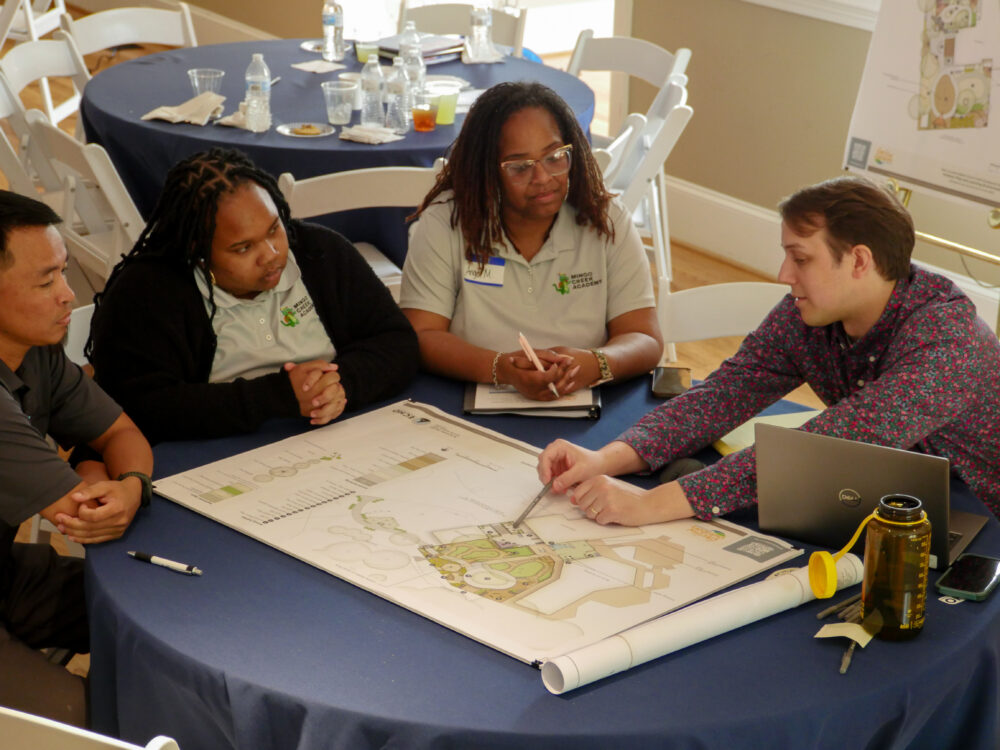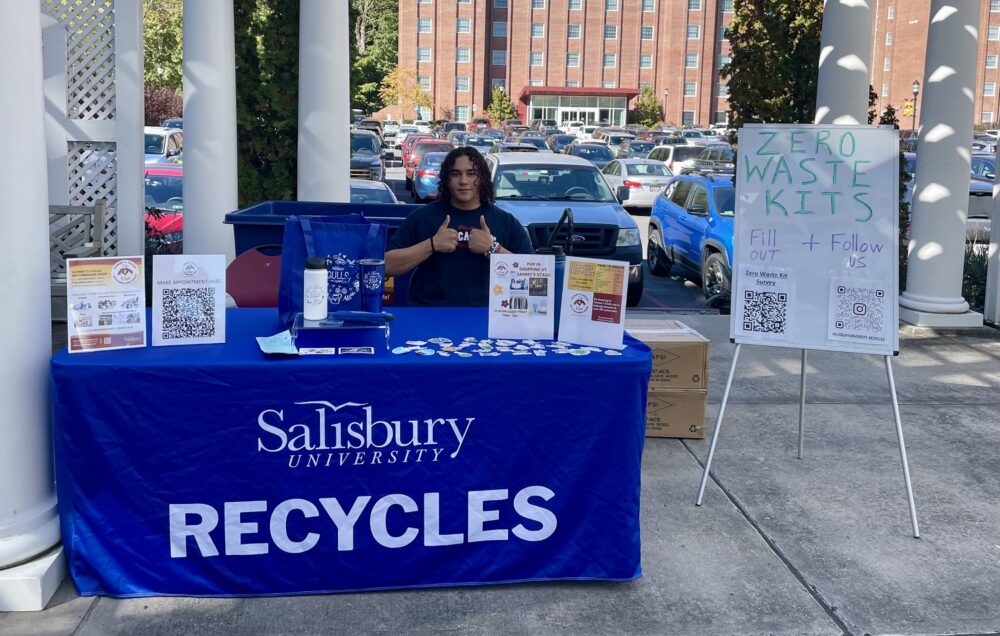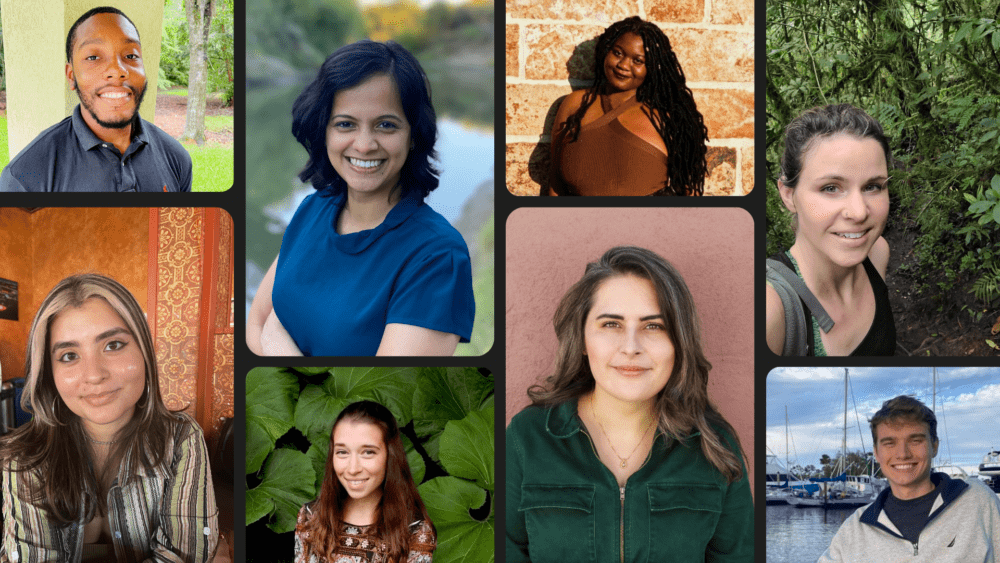We have much more to do and your continued support is needed now more than ever.
Eco-Schools Closing the Achievement Gap for Hispanic and Economically Disadvantaged Students
Asked about the outdoor classroom at Perez Elementary, a student said “there are rocks that we don’t have in the classroom, there are plants, and there’s a creek that we definitely don’t have in the classroom.” Perez Elementary School, a registered Eco-School in Austin, Texas and recent winner of a Children in Nature Collaborative of Austin award for environmental education, reminds us that green schools help close the achievement gap for low income and minority students as well as protect the planet and lower energy costs. The student body at Perez is 86 percent Hispanic and 93 percent low income, and the school has made steady academic progress by taking learning outside.
[youtube]http://www.youtube.com/watch?v=ElII1U7DyiY[/youtube]
Nature is at the center of every school day at Perez. On a typical day you may find third graders hiking a nature trail along Onion Creek, a first grade class identifying plants in an outdoor classroom, and fifth graders releasing Monarch butterflies raised from caterpillars. “We have all of these butterflies and flowers and trees that we have never seen before and we try to identify them and it’s a very cool classroom out here,” says one student. At least once a year, dozens of families camp out on the school grounds and enjoy ‘smores and star gazing.
Outdoor learning has helped Perez achieve recognized status for performance on Texas standardized tests. But for Principal David Kauffman, it is more important that nature allows the school to link learning with life. “Our goal is to prepare students for life beyond school… We want our students to be successful on the state tests and to be academically successful but we want them to do that as a byproduct of real authentic learning. And there’s nothing more authentic than getting kids out in nature and experiencing the joy and discovery that they can find out here.”
Evaluations of environmental education programs in Florida and Texas confirm that economically disadvantaged, Hispanic, and African-American students see the biggest academic benefits from outdoor learning. In a soon-to-be-released evaluation of NWF’s schoolyard habitat program in Austin Hispanic students report the most positive feelings about having a school yard habitat on their campus (NWF’s Back to School: Back Outside report reviews benefits of environmental education and outdoor learning).
The U.S. Green Building Council identifies a triple bottom line for green schools: protecting the planet, saving on operating costs, and boosting student performance. Perez Elementary reminds us that the students who benefit most are the Hispanic, African-American, and economically disadvantaged students.
Perhaps the best news is that green schools make learning fun and engaging at the same time that they boost academic performance. Learning and exploring outdoors, students come into contact with natural things that elicit a deep emotional response. Said one student, “I like to be outside because I get to hear the birds sing.” Academic mastery, a love of learning, a love of life and living things—what more could we hope for from a school?





















